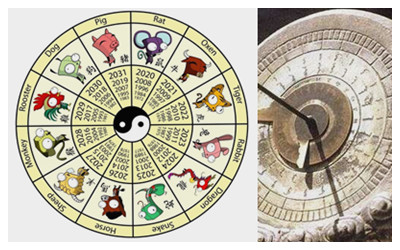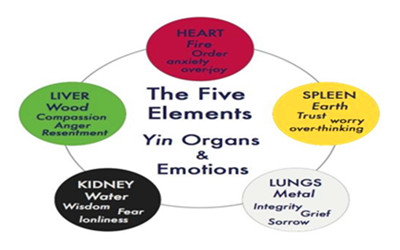Skype: neodalle-travel
Tel: +86 135 7447 2266
E-mail: sales@visitaroundchina.com
 Actually, the Tibetan calendar has been influenced by three systems. One is Sri Kalachakra Tantra (Wheel of Time Tantra), which was spread into Tibet from Sanskrit in 1027 A.D. The second one is the lunar system brought by Princess Wencheng in the Tang Dynasty. The last one is the elemental solar system, which defines the new year falls in December. The three systems harmonize solar and lunar factors in the Tibetan calendar.
Actually, the Tibetan calendar has been influenced by three systems. One is Sri Kalachakra Tantra (Wheel of Time Tantra), which was spread into Tibet from Sanskrit in 1027 A.D. The second one is the lunar system brought by Princess Wencheng in the Tang Dynasty. The last one is the elemental solar system, which defines the new year falls in December. The three systems harmonize solar and lunar factors in the Tibetan calendar.
Tibetan Calendar is a combination of the lunar calendar and solar calendar. The year which consists of 354 days is divided into four seasons according to the calendar. Unlike most of the other tradition, one year begins with winter and ends in autumn. Twelve months are included in one year and the first month is the same as the Chinese Traditional Calendar. A month includes 30 or 29 days. The former is called the big month while the latter is called the small month. They alternate with each other and an additional one called leap month is added to the calendar to adjust the relationship between months and seasons. According to the Tibetan Calendar, one year is not divided into four equal parts as the time range of each season is based on the locations of the sun in the sky. In general, winter is the longest season, then spring, autumn, and summer. Every 60 years Tibetan Calendar will recount according to the tradition handed down from old times. Besides, the 24 divisions of the solar year could be very useful in predicting the weather of Tibet in the long-term, the planetary motion, and the eclipse.
Besides Tibet, Tibetan Calendar is also used by the persons who live in some areas like part of China's western regions and Bhutan. It provides a guide for daily routines like travel, marriage, and funeral because people there believe that almost every daily activity should be done at the right time. Many proverbs that come from the activities of astronomical observations and local legends have been recorded into the calendar. They are easy to remember and spread among the Tibetans.
Tibetan Calendar is widely used by Tibetans to solve many kinds of problems in their daily life. Not only for finding the law of nature and the universe, but also the connection between the progress in treating illness and climate change. It’s also used for the weather forecast. The Tibetans have discovered various ways from ancient time to forecast the weather by observing the plants, animals, rivers, stars, the shape and color of clouds, and the direction of the wind. They will refer to some ancient books to see if any natural disaster may happen in the next year such as snowstorms, earthquakes, and floods. Besides, the Tibetans will arrange their farming according to the activities of migrant birds like cuckoos, wild gooses, and swallows. In addition to those mentioned before, Tibetan Calendar also includes many unique elements of China like seven luminaries, the Eight Diagrams, Jiugong, Chinese Zodiac and geomantic omen. As a wonderful gift from the old generation, This unique calendar is a treasure that could be a great help to Tibetans even the whole of mankind.
 The five elements must not be unfamiliar to people who are interested in Chinese culture. Gold, Wood, Water, Fire, Earth, the five elements are considered as the source of all lives. And Chinese people use twelve animals to label each year. It’s the same for the Tibetan calendar. However, because of the different lengths of the months and the different beginning dates of the year, the Tibetan and Chinese systems are not the same for counting the days, months, and years. So, please do not mix the two.
The five elements must not be unfamiliar to people who are interested in Chinese culture. Gold, Wood, Water, Fire, Earth, the five elements are considered as the source of all lives. And Chinese people use twelve animals to label each year. It’s the same for the Tibetan calendar. However, because of the different lengths of the months and the different beginning dates of the year, the Tibetan and Chinese systems are not the same for counting the days, months, and years. So, please do not mix the two.
As per the Tibetan calendar, each element controls two years, while one animal just labels one year. Then, change to the next one. For example, the year 2018 was an Earth – Dog year, then, 2019 is an Earth – Pig year. Every sixty years is a cycle. In 1027 A.D., Sri Kalachakra Tantra (Wheel of Time Tantra) was spread into Tibet from Sanskrit. Thus, 1027 was defined as the first year of the Tibetan calendar. That year was a Fire-Rabbit year. That’s why the Fire-Rabbit year is always the first year of the sixty-cycle in the Tibetan calendar.
 Ask Questions ?
Ask Questions ?